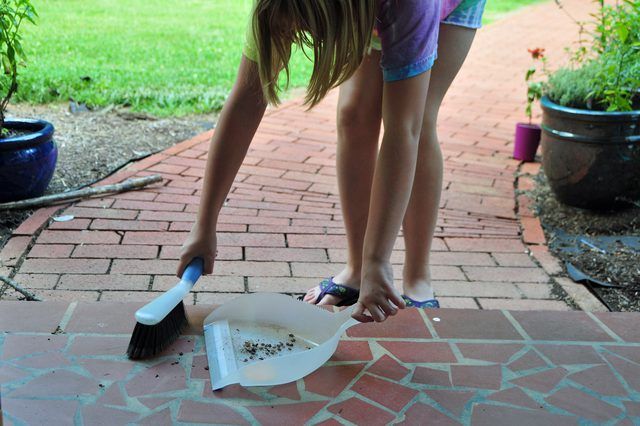Bulbs
Flower Basics
Flower Beds & Specialty Gardens
Flower Garden
Garden Furniture
Garden Gnomes
Garden Seeds
Garden Sheds
Garden Statues
Garden Tools & Supplies
Gardening Basics
Green & Organic
Groundcovers & Vines
Growing Annuals
Growing Basil
Growing Beans
Growing Berries
Growing Blueberries
Growing Cactus
Growing Corn
Growing Cotton
Growing Edibles
Growing Flowers
Growing Garlic
Growing Grapes
Growing Grass
Growing Herbs
Growing Jasmine
Growing Mint
Growing Mushrooms
Orchids
Growing Peanuts
Growing Perennials
Growing Plants
Growing Rosemary
Growing Roses
Growing Strawberries
Growing Sunflowers
Growing Thyme
Growing Tomatoes
Growing Tulips
Growing Vegetables
Herb Basics
Herb Garden
Indoor Growing
Landscaping Basics
Landscaping Patios
Landscaping Plants
Landscaping Shrubs
Landscaping Trees
Landscaping Walks & Pathways
Lawn Basics
Lawn Maintenance
Lawn Mowers
Lawn Ornaments
Lawn Planting
Lawn Tools
Outdoor Growing
Overall Landscape Planning
Pests, Weeds & Problems
Plant Basics
Rock Garden
Rose Garden
Shrubs
Soil
Specialty Gardens
Trees
Vegetable Garden
Yard Maintenance
How to Get Rid of Millipedes
How to Get Rid of Millipedes. Though many people find them disturbing, millipedes are harmless creatures. Despite their nickname, "million leggers" have 400 or fewer legs. Unlike fast-moving centipedes, which have one pair of legs per body segment, millipedes move slowly with segments borne on two pairs of short legs. When accosted, they...
Though many people find them disturbing, millipedes are harmless creatures. Despite their nickname, "million leggers" have 400 or fewer legs. Unlike fast-moving centipedes, which have one pair of legs per body segment, millipedes move slowly with segments borne on two pairs of short legs. When accosted, they usually curl up tightly in defense. The garden millipede grows less than 1 inch long and is gray to brown in color. Heavy rains often drive these wormlike creatures from the outdoors into homes. If millipedes are showing up more often than you like, several chemical-free steps can curb their activity.
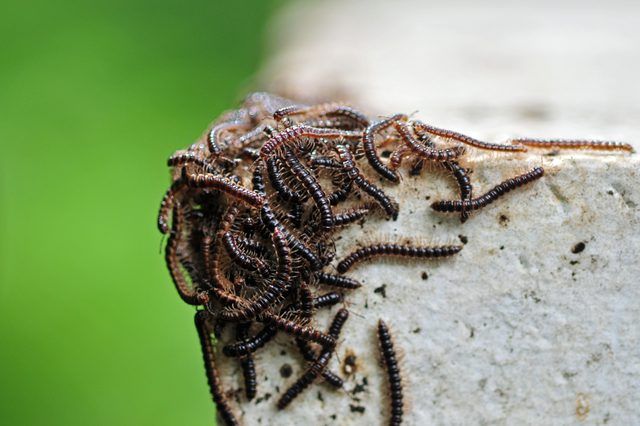
Things You'll Need
Silicone caulk or similar sealant
Step 1
Examine the perimeter of your home, looking for any cracks or holes around the foundation where millipedes might be able to enter. Seal holes or cracks with silicone caulk or similar sealants that conform to the shape of the crack and seal it thoroughly.
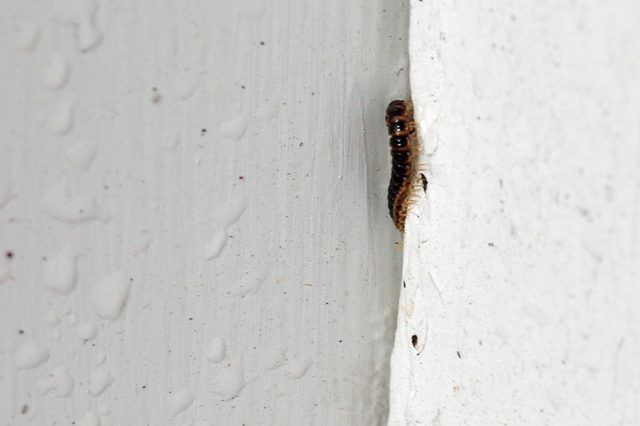
Step 2
Clear your property of piles of leaves, rotting wood, or other material that millipedes might eat. They are attracted to decaying plant material, so clear away any potential feast they might find. This encourages to go elsewhere in search of a meal.
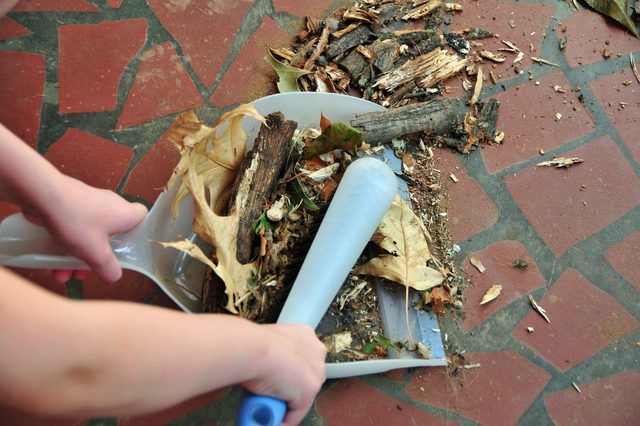
Step 3
Keep your gutters clean and rake up grass clippings so you won't have excess moisture in the soil around your house. Watch for leaks in your gutter and seal them, and adjust your watering schedule if you water your grass or flower beds to water in the morning. Dry out the soil around your home as much as possible by nightfall, since millipedes prefer moist soil and are active at night.

Step 4
Use a dehumidifier to control the moisture level inside your home, especially in the basement or other downstairs rooms. A relatively dry environment helps keep millipedes away since they prefer to stay in moist areas.
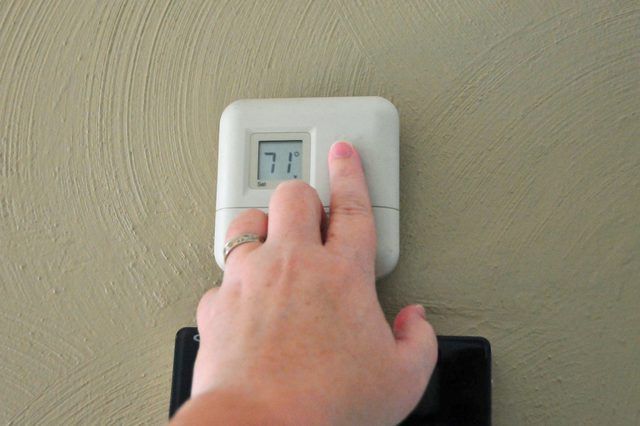
Step 5
Use a dustpan and broom to sweep up any millipedes you find, so you can deposit them outside or otherwise dispose of them without touching them. Wear gloves when removing millipedes, and wash your hands well if you come into contact with one.
